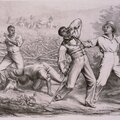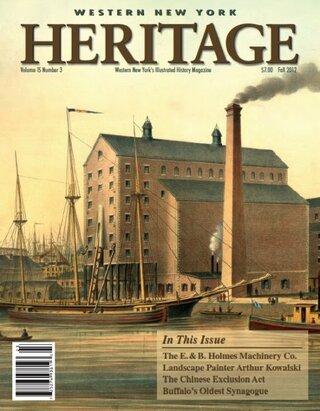In the early 1920s, the city and its mayor, Francis X. Schwab, took a dramatic stand against a resurgent Ku Klux Klan that boasted thousands of local members.
Buffalo Takes on the Ku Klux Klan
The full content is available in the Fall 2012 Issue.
Related Content









